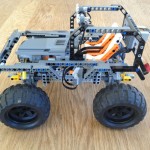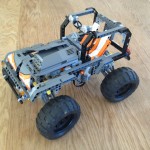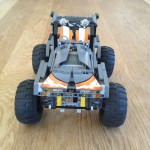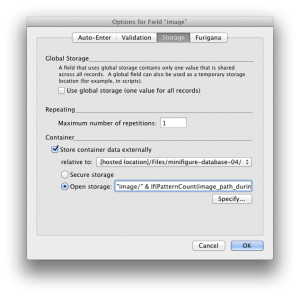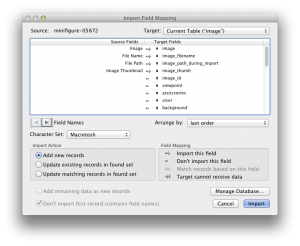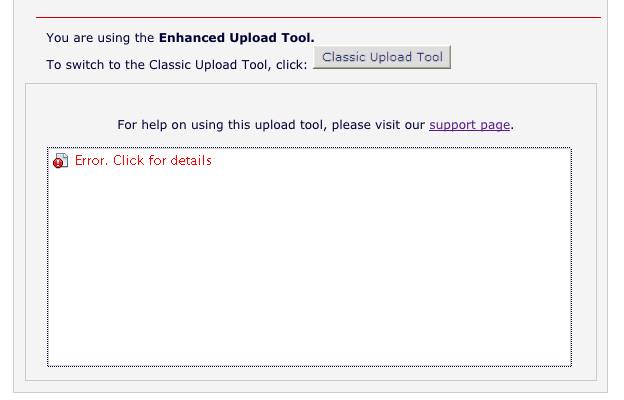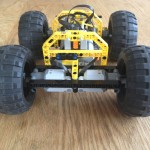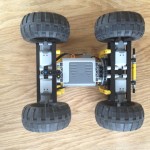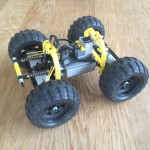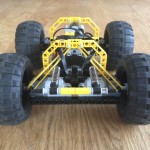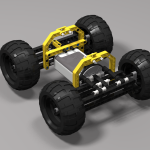Crocodile is a robust off road LEGO car that has four wheel drive and four wheel steering. It’s frame is very compact and rigid. It drives fast over obstacles and its independent suspension system makes sure that all wheels touch the ground at all times. I also spread some of my “wisdom” on how to build a well designed LEGO off road car.
My Research Explained
It is always interesting to see how other people, mainly the media, explain your own research to others:
Calculating storage path for externally stored container field
By default Filemaker stores all the files for an externally stored container field in just one flat directory structure. If you, for example, use the directory “image/” to store all your photos, then all images will be put into it without any sub directories. The file name will be the same was it was on your local disk. If you import two files with the same file name then Filemaker will automatically add serial numbers to it to avoid overwriting matching files.
Filemaker allows you to calculate the path under which a container field is stored on an external data source. You find this setting in the options of the container field under the storage tab:
I wanted to calculate the path depending on where the file was stored on my local file system. Photos that are locally in a folder called “photos_100” should also be stored in a directory with the same name on the server. I wrote a formula that calculates the right path for the server location based on the file path field that I fill during the import of the images. I defined a field called “image_path_during_import” which is filled with the path of the images stored on my local file system:
The problem is that image file itself seems to get imported into Filemaker before the file path field does. That means that the field image_path_during_import is still empty while the image is placed on the server. Once the import is complete, the image_path_during_import field shows the correct data and also the server path can be calculated. But not during import.
I could only think about two methods of resolving the problem. One is to import the data in two stages. First, import the picture normally and then import the same files again, but this time only import the image and use the option “Updating matching records in found set”. Another solution is to slightly change the server import path calculation so that nothing fundamentally changes. Filemaker will then offer you the option to transfer the files to a new location and since the correct path can now be calculated, Filemaker moves the images to the right place on the server. I hope that Filemaker fixes this problem in their next update.
Elsevier Editorial System Enhanced Upload Tool Does Not Work
Today I wanted to upload another manuscript to Elsevier’s Editorial System (EES). My manuscript had many images so the total number of files to be uploaded was 35. For some time now Elsevier offers an “Enhanced Upload Tool” and I thought it was time for me to start using it. It is based on a java applet and I am running Mac OS 1.7.5 “Lion”.
The applet did not start at all and it claimed that a plugin would be required. The problem is that Apple is no longer directly supporting Java. Elsevier still claims that Java works out of the box on Mac OS X, but that is no longer the case. You need to download and install the latest version directly from Oracle. After restarting Firefox the applet loaded, but did cause an error:
Continue reading “Elsevier Editorial System Enhanced Upload Tool Does Not Work”
RACE2 – Super fast LEGO RC off road car
RACE2 is the fastest LEGO off road car. The 4WD RC car can get over rocks and obstacles fast. It is an improved version of my original RACE car. The building instructions are available as well as the LEGO Digital Designer file (LXF). It is a simplified and more robust version of the original RACE car.
Here is the 3D model in Sketchfab exported from Stud.io. Unfortunately Stud.io does not yet have the L-motor (88003) in their parts list, so you have to use your imagination to fill the gaps.

